What Does Ti Mean In Gpu – A Detailed Guide!
In GPUs, the “Ti” stands for a name that NVIDIA uses to denote a more potent graphics card mode. Standing for “Titanium,” Ti GPUs often deliver higher performance, advanced features, and improved capabilities compared to their non-Ti counterparts.
In graphics cards, “Ti” stands for “Titanium” and denotes a more potent model. With more cores and quicker speeds, Ti models perform better.They’re great for gaming and heavy tasks.
This guide explores the significance of Ti GPUs, their key features, comparisons with non-Ti models, and why they might be the right choice for you.
What Does Ti Stand For in GPUs?
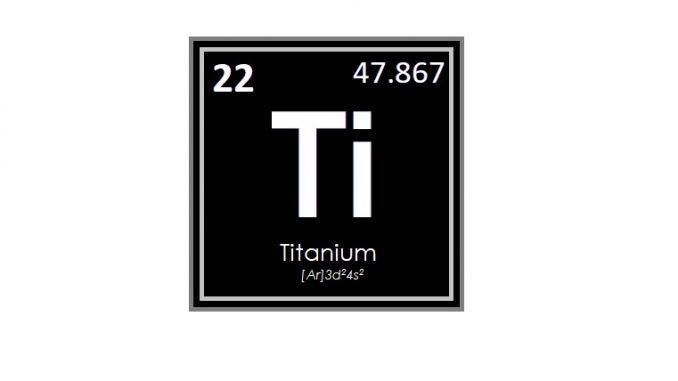
The abbreviation “Ti” stands for Titanium, a word that NVIDIA uses to identify improved models of their entry-level graphics cards. These GPUs are not completely different but are enhanced with better specifications. They serve as a middle ground between the standard and top-tier variants within the same series.
For example:
The NVIDIA GeForce RTX 3080 Ti is more powerful than the RTX 3080 but not as extreme as the RTX 3090.
This positioning makes Ti GPUs an attractive choice for users who want better performance without paying a premium for flagship models.
Key Features of Ti GPUs:
1. Enhanced Performance and Specifications
Ti GPUs generally include additional features or improved hardware to deliver better performance. This includes higher clock speeds, more CUDA cores, and better memory bandwidth.
2. Higher Clock Speeds
Clock speed determines how quickly a GPU processes data. Ti models typically have increased clock speeds, allowing for smoother gameplay and faster rendering.
3. Additional CUDA Cores
The processing units in NVIDIA GPUs are called CUDA cores. A Ti GPU often includes more CUDA cores, enabling enhanced parallel processing capabilities and better performance for gaming, 3D rendering, and machine learning tasks.
4. Increased Memory Bandwidth
With higher memory bandwidth, Ti GPUs handle larger amounts of data faster, making them ideal for tasks like 4K gaming and video editing.
5. Improved Cooling and Power Delivery
Ti GPUs often feature upgraded cooling systems and better power efficiency, ensuring stable performance even during intensive workloads.
Price and Value Considerations:
Ti GPUs typically cost more than their non-Ti counterparts due to their enhanced specifications. However, they offer a balance between performance and cost compared to flagship models like the “90” series (e.g., RTX 3090). For many users, the increased investment is worth the significant boost in performance.
Ti vs. Non-Ti GPUs: Key Differences:
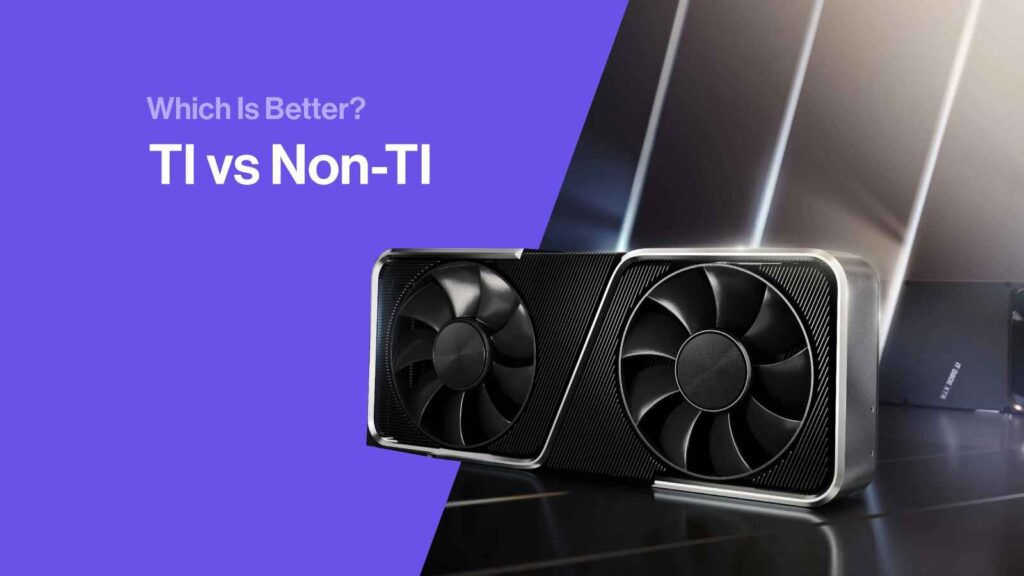
1. Performance Differences
Ti GPUs deliver higher frame rates, faster rendering, and smoother gameplay due to their superior hardware.
2. Clock Speeds
The increased clock speeds in Ti GPUs translate to better real-time performance, especially in resource-intensive scenarios like gaming or video editing.
3. CUDA Cores
More CUDA cores mean Ti GPUs handle complex tasks more efficiently than non-Ti models.
4. Memory Bandwidth and VRAM
Ti GPUs often come with higher VRAM and memory bandwidth, crucial for handling large datasets and running high-resolution games.
5. Pricing Considerations
While Ti models cost more, the price-to-performance ratio is often more favorable compared to flagship GPUs.
6. Overclocking Potential
Ti GPUs usually have better overclocking headroom, allowing users to push their performance further.
Popular Ti GPU Models:
NVIDIA regularly releases Ti variants in their GeForce RTX lineup. Some recent examples include:
1. NVIDIA GeForce RTX 3090 Ti
- released as the most potent GPU available for consumers at the time.
- Ideal for 4K gaming, professional 3D work, and AI training.
2. NVIDIA GeForce RTX 3080 Ti
- lets the RTX 3080 and RTX 3090 talk to one other.
- Provides exceptional performance at a more affordable price point than the 3090.
3. NVIDIA GeForce RTX 4070 Ti
- Part of NVIDIA’s latest RTX 40 series.
- Built for modern gaming and creative workflows, offering advanced ray tracing and DLSS support.
Also Read: What Is A Gpu Server – Exploring The Technology Behind Graphics Processing!
Comparing Ti Models Across Generations:
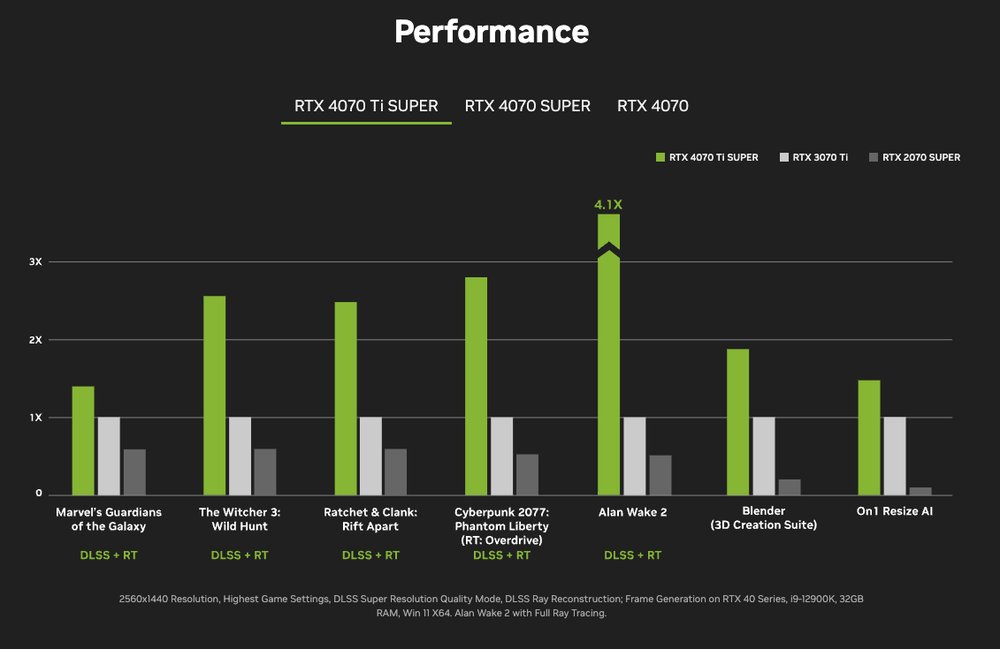
RTX 4070 vs. RTX 4070 Ti
The RTX 4070 Ti offers significantly better performance than the standard RTX 4070 due to its higher CUDA core count, improved clock speeds, and greater memory bandwidth. While the Ti version costs more, its enhanced capabilities make it a compelling choice for enthusiasts and professionals.
Performance Over Generations
Ti GPUs have consistently set benchmarks in their respective generations. Each new release introduces advancements in architecture, making them a future-proof investment.
Who Should Choose a Ti GPU?
Ti GPUs cater to a diverse range of users, including:
- Gamers who want high FPS and smooth gameplay.
- Content Creators requiring faster rendering and video processing.
- Tech Enthusiasts looking for cutting-edge performance.
- Professionals needing reliable GPUs for intensive computational tasks.
Should I upgrade to a Ti GPU?
Upgrading to a Ti GPU can be a great choice if you’re looking for enhanced performance, especially for demanding tasks like high-end gaming, video editing, or 3D rendering. In comparison to conventional GPUs, Ti versions have higher clock speeds, more CUDA cores, and more memory bandwidth, which guarantees faster processing and more fluid gameplay.
What is the difference between TI and non-TI GPU?
A TI GPU (Titanium) is a higher-performance version of a non-TI GPU. It typically has more CUDA cores, higher clock speeds, and sometimes more VRAM, resulting in better overall performance—usually 10-20% faster—for tasks like gaming or content creation. However, TI models also come with a higher price tag.
In short:
- TI GPUs = More power, higher price.
- Non-TI GPUs = Good performance, better value for most users.
What does ti mean in gpu gaming
In the context of GPU (Graphics Processing Unit) gaming, the term “TI” typically refers to a specific model designation used by NVIDIA for some of their graphics cards. When you see “TI” in the name of a GPU, it usually signifies a higher-performing version of a base card.
For example:
- NVIDIA GeForce RTX 3080 vs. NVIDIA GeForce RTX 3080 Ti
The “Ti” version of the GPU (such as the 3080 Ti) is typically a more powerful and feature-rich variant of the non-TI version (like the 3080). These TI cards often have:
- More CUDA cores: (the processing units inside the GPU)
- Higher: base and boost clock speeds
- Better overall performance: in terms of frame rates, rendering capabilities, and more demanding tasks (like gaming at higher resolutions or with advanced graphical features enabled).
What does TI do in GPU?
“TI” in a GPU name means a more powerful version of a regular model. It usually has more cores, higher speeds, and better performance for gaming or heavy tasks. TI cards are faster and handle demanding graphics better.
Is TI better than normal GPU?
Yes, a TI GPU is better than a normal GPU. It has more power, faster speeds, and better performance for gaming and other tasks. TI cards can handle higher settings and more demanding games with ease compared to regular models.
Is a super or ti better?
A “Super” GPU is usually better than a “TI” version. Super cards offer higher performance, with more cores and faster speeds compared to TI models. They are ideal for more demanding tasks, like gaming at high settings or resolutions.
Also Read: Where to Sell Your GPU – Maximizing Value and Convenience!
FAQ’s:
1. What does “Ti” mean in a GPU?
“Ti” stands for Titanium, signifying a more powerful version of a standard NVIDIA GPU model.
2. Are Ti GPUs better than non-Ti GPUs?
Yes, Ti GPUs generally offer higher performance, better specifications, and improved features compared to their non-Ti counterparts.
3. How much more expensive are Ti GPUs?
Ti GPUs cost more than standard models, but the price increase is justified by the additional features and enhanced performance.
4. Can Ti GPUs handle 4K gaming?
Most Ti GPUs are capable of running games at 4K resolutions with high settings, especially models like the RTX 3080 Ti and 3090 Ti.
5. Are Ti GPUs good for video editing?
Yes, Ti GPUs are excellent for video editing due to their higher CUDA core count, increased VRAM, and superior processing power.
6. What is the difference between RTX 4070 and RTX 4070 Ti?
The RTX 4070 Ti has more CUDA cores, faster clock speeds, and better memory bandwidth compared to the RTX 4070, resulting in significantly better performance.
7. Are Ti GPUs suitable for machine learning tasks?
Yes, the additional CUDA cores and memory bandwidth in Ti GPUs make them well-suited for machine learning and AI workloads.
8. How do Ti GPUs compare in overclocking potential?
Ti GPUs generally offer better overclocking capabilities due to enhanced cooling and power delivery systems.
9. What are some popular Ti GPU models?
Examples include the RTX 3080 Ti, RTX 3090 Ti, and RTX 4070 Ti, each catering to different performance needs.
Closing Thoughts:
Ti GPUs are a testament to NVIDIA’s commitment to delivering superior performance and value. They strike a balance between affordability and high-end specifications, making them a popular choice among gamers and professionals. Understanding what “Ti” means and its implications can help you choose the best GPU for your needs, ensuring a top-tier experience in gaming, content creation, or other demanding tasks.
Read More:
Is CS2 GPU or CPU Intensive – Improve CS2 Performance Quickly!
Do GPU Fans Push or Pull – Understanding Your GPU Cooling System!
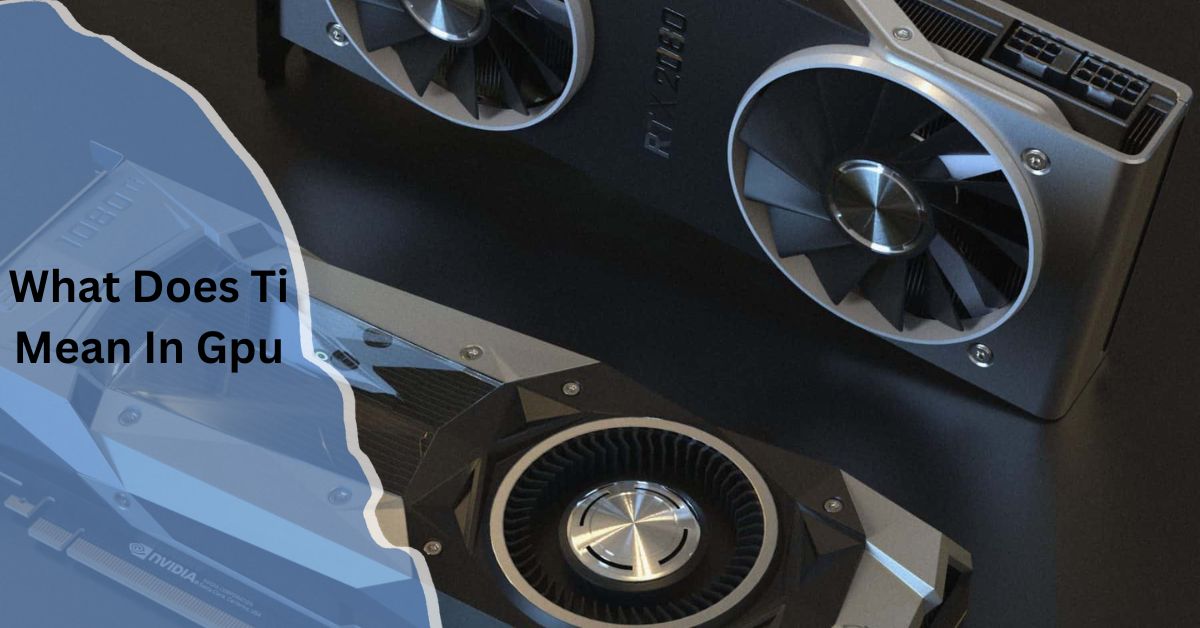
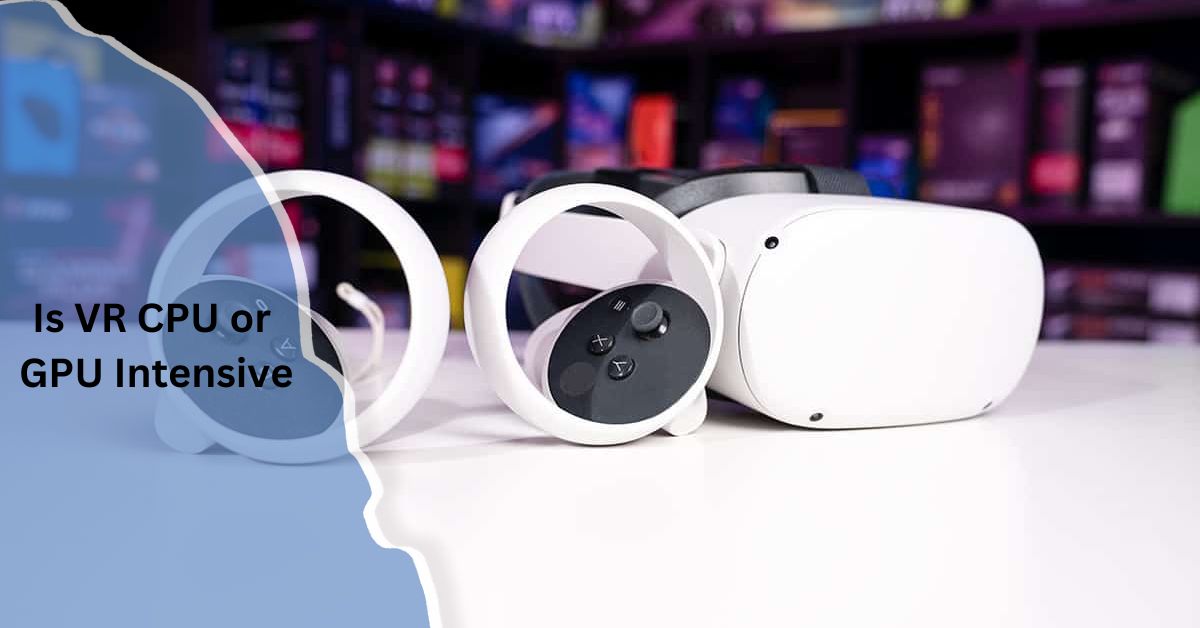
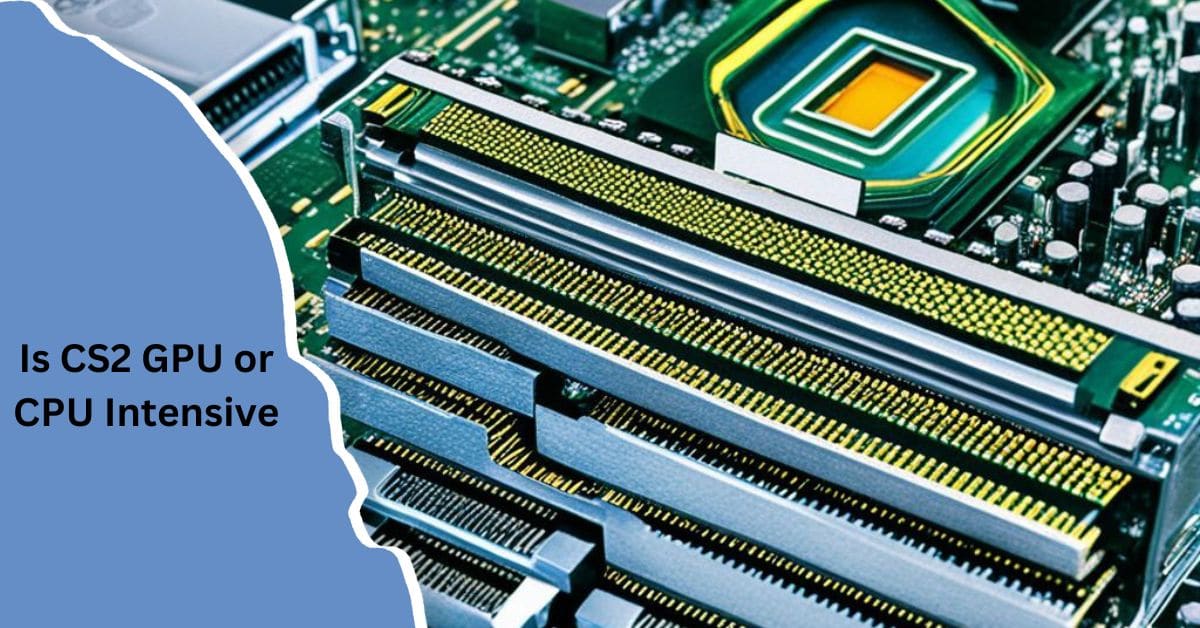
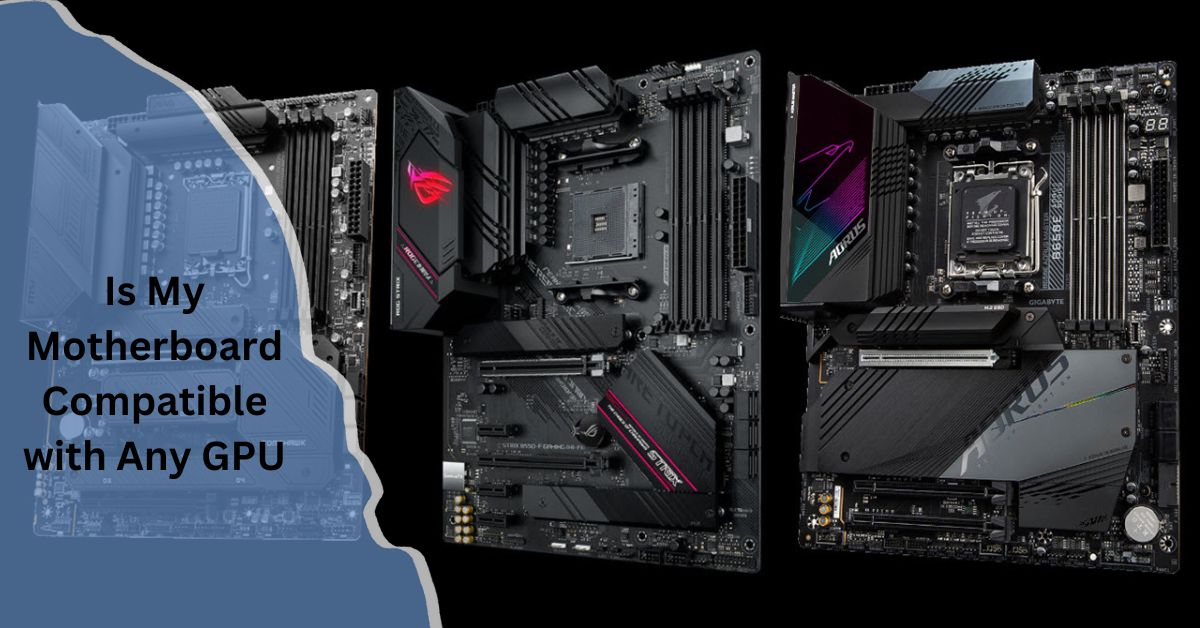










Post Comment